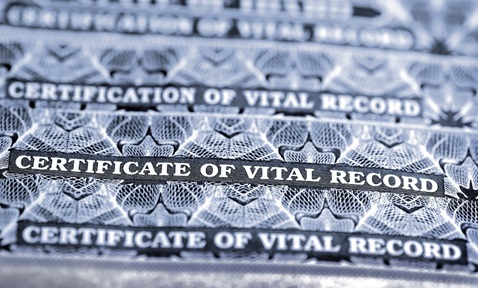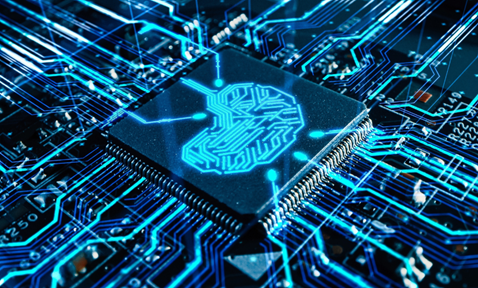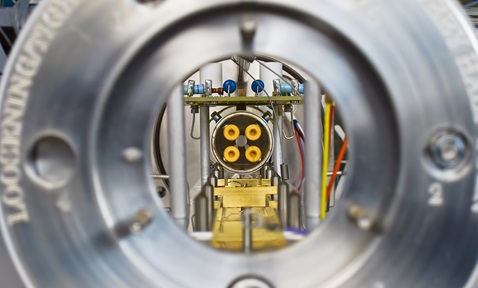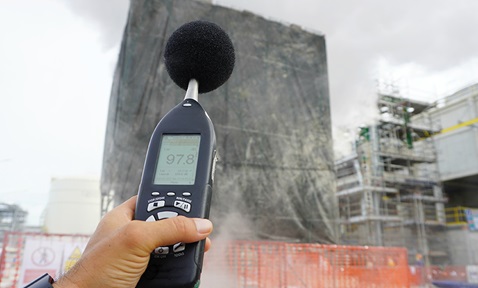
Device to Control Ion for Quantum Computing
Synopsis
This invention presents a point trap with square geometry that can be integrated with linear trap. It supports two-dimensional ion movement in the axial direction with DC potential tuning for quantum computing applications.
Opportunity
Quantum computing demonstrates superior capability in solving problems that are intractable for classical computing counterparts. Quantum bits (qubits) can exist in a coherent superposition of the basis states “0” and “1”. Trapped ions, a promising physical implementation for qubits, offer advantages such as long coherence time and high fidelity for quantum operations.
The development of surface electrode ion traps (linear traps) has drawn significant attention due to their compatibility with microfabrication techniques, which enables flexible, repeatable and scalable ion trap designs. This invention enhances ion control in quantum computing by integrating a linear trap, allowing for two-dimensional ion movement.
Technology
This invention proposes a point trap with a square geometry that can be seamlessly integrated with conventional linear surface-electrode ion traps. This integration facilitates ion shuttling in two dimensions: parallel to the surface (axial direction) by tuning the DC potentials of the linear trap, and perpendicular movement by adjusting the RF signal amplitudes of the point trap. Unlike a linear trap with a nominal and fixed trapping height, the point trap can continuously adjust its trapping height based on modelling results. Height adjustment is realised through in-situ movement of the RF null in the point trap, avoiding undesired micromotion. With the use of through-silicon vias (TSV) and interposers, the integrated ion trap can be scaled up by aligning multiple individual traps. This design enhances the toolbox for large-scale quantum computing, with immediate applications in mass ion addressing requiring a high numerical aperture and in reducing heating rates for certain ions.
Applications & Advantages
Main application areas include large-scale quantum information processing, quantum computing and ion transport along the axial direction.
Advantages:
- Reduces the heating rate to a level comparable to traps operating in cryogenic environments.
- Integration of multiple traps allows for scalable quantum computing architectures.
- Enables two-dimensional ion shuttling with adjustable trapping height, enhancing precision in quantum operations.


.tmb-listing.jpg?Culture=en&sfvrsn=57e7d9a3_1)

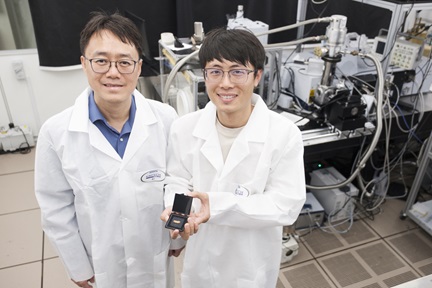


.tmb-listing.jpg?Culture=en&sfvrsn=7a33f2b7_1)
